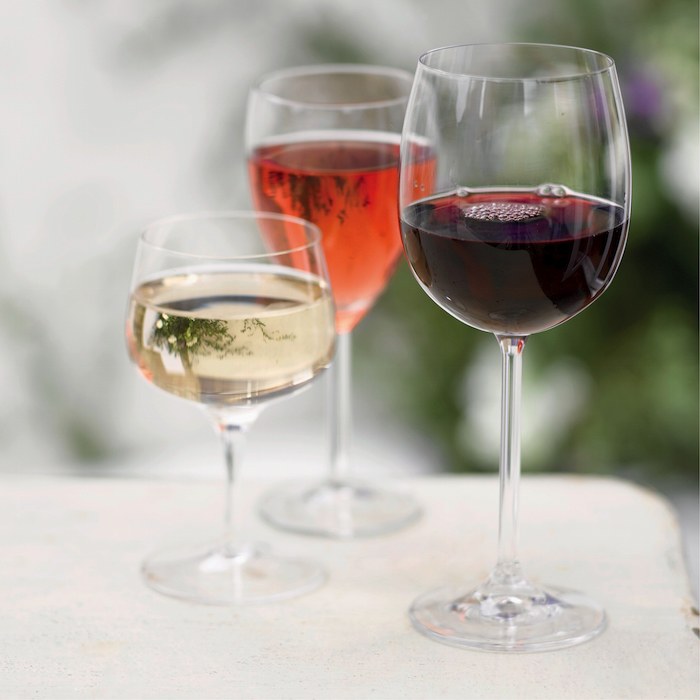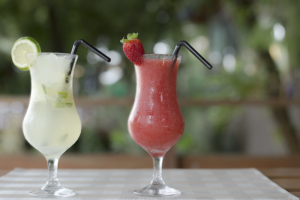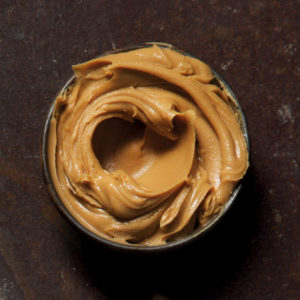It has been delighting and confusing the human race for more than 6 000 years, so it’s to be expected that myths and superstitions should have grown up around this legendary nectar. But lifestyles have changed over the years and so too has wine, meaning many of the old ways of doing things no longer hold true.
By David Biggs
Colour matching
Our grandparents firmly believed it was correct to serve only red wine with meat and white wine with fish, but the colour of your drink has very little to do with the meal it should be paired with. It’s the intensity and strength of flavours that determine its ideal match.
Robust, wooded white wine such as Chardonnay can prove the perfect companion to roast lamb or pork, and a light-bodied red may be the ideal partner to tuna or sushi.
Air time
While some red wines benefit from an hour or two of breathing before being served, dutifully opening a bottle hours in advance is generally a fruitless exercise.
The small surface area of wine in the neck of the bottle means hardly any air actually reaches the liquid. (In fact, it’s actually the pouring process that introduces the air.) If your wine does require time to breath, transfer it into a decanter before serving.
Ripe old age
They say all red wines improve with age and white wines should be enjoyed young, but that’s not necessarily the case. These days, many reds are made specifically for early drinking and, increasingly, locals have been discovering the charm of a carefully matured white wine.
Because many modern wineries don’t have the facilities for maturing wine, winemakers have created reds for early enjoyment. Likewise, if you have a bottle of white that could do with a few years, make sure you store it correctly, or it will be just be time wasted.
Start to finish
Port or Port-style wines were traditionally kept until the end of a meal and then served with dessert
or cheese, but this is by no means a rule. Today’s hosts often serve Port to welcome guests at the beginning of the evening, particularly on chilly winter nights. A fiery fortified wine warms the drinker and is a great tool to help get the conversation flowing early in the evening.
Shapes and sizes
Many people fuss about using the right glass for the right drink, but the reason should only ever be to improve the taste of the wine, not its perceived value.
Red wine is usually served in a glass with a large bowl and opening, to increase the surface area so it can come in contact with more air. Glasses for whites are often smaller (but don’t necessarily have to be) and have a narrower opening to concentrate the subtle aromas to the nose. Sparkling wine and Champagne is normally served in tall flutes, as the limited surface area keeps the bubbles alive for longer.
But, of course, the most important thing to consider about the right wine glass is that it shouldn’t leak.
Cool it
A well-known rule for drinking red wine is that it should be served at room temperature, but which room in particular? Dining rooms in Europe may be pleasantly cool, but in South Africa, they can be uncomfortably warm and much too hot for drinking temperatures. In our climate, it is perfectly acceptable to cool your red wine in the fridge for 20 minutes before serving.
Every so-called connoisseur has the perfect temperature for serving a Chenin Blanc or a Chardonnay, but experience has shown that the temperature of wine in the glass will change by a couple of degrees every minute until it eventually reaches room temperature. So cut the fuss, serve white wine chilled and drink it before it warms up.
As for adding ice, there’s really no reason not to. It may dilute your drink slightly, but if anything, that’s just as good a reason as any to top up. Alternatively, offer chilled glasses for guests to use.
It’s all about relaxed enjoyment. Forget the old rules – it’s your wine and you’re entitled to enjoy it any way you like!




